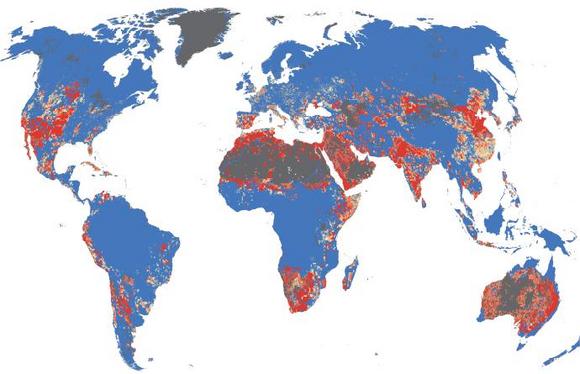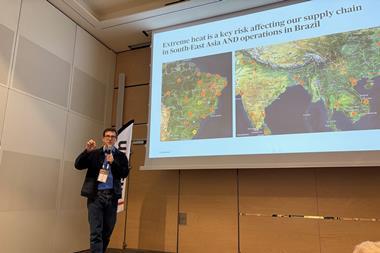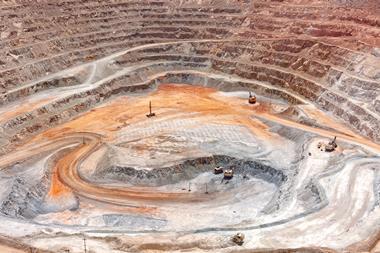StrategicRISK reporter James Bray explores the growing risk of water scarcity
Demand for water is becoming more and more intense. As a large water supply is fundamental to so many industries, agriculture in particular, water shortages pose a threat for a huge number of businesses.
Maplecroft recently released a water stress index which identifies Bahrain, Qatar, Kuwait and Saudi Arabia as world’s most water stressed countries.
Aside from the MENA region, water stress is a major issue for the large emerging economies including India, South Korea and China. The European countries at most risk from water scarcity are Malta, Spain, Belgium, Portugal and the Netherlands.

Agriculture is the most water intensive industry. The industrial and energy sectors also contribute significantly to water stress. Extractive industries, such as gold mining, use a lot of water in processing what they extract.
Rising global temperatures and a growing population are probably the two biggest factors leading to water scarcity. Even if a country has plenty of access to clean water, such as the Netherlands, increasing demand will eventually create water stress.
These factors suggest that the significance of water security will only increase with time. See the fact file below for the key issues for risk managers.
In addition, water scarcity can be a key driver of political and social volatility. Many sources point to competition for water as one of the key causes of the conflict in the Darfur region of Sudan, for example. Scarce water and grazing land almost certainly fuelled tensions between Arab and non-arab Sudanese nationals.
Any area suffering from water stress has a higher risk of conflict, explained Maplecroft analyst Kimberlee Myers. “You’ll start to see more and more conflict, both violent and non-violent, as water supplies get less and demand grows.” Improving infrastructure could help offset water stress in developing countries.
One of the best ways to mitigate water risk is to improve water management by reusing as much as possible and limiting waste through leakage.
“For companies it has a lot to do with where you’re operating. You need to know how much water is available to you and how much is available to the local population. You don’t want to be involved in a project where your company is taking water from the local population. That will end up being a reputational risk for you and also a possible water pricing risk,” added Myers.
Many companies are already attempting to reduce their water footprint and promote their ecological approach.
Cliff Warman, environmental practice leader at Marsh, said that “water footprints” will soon become a much important issue for businesses than carbon footprints. As water is such a fundamental commodity, risk managers should be able to identify possible supply interruptions and suggest ways of managing this.
Some countries have found a solution to water scarcity by using seawater. Salt and other impurities are removed from the seawater by an industrial desalination process. To do so companies need access to the ocean and plenty of cash. "It’s not cheap, it uses a lot of energy and it uses a lot of land,” said Myers.This process is used in the Middle East, Singapore, Australia and California.
As a result many countries are seeking to acquire vast swathes of land abroad as a means of offsetting their shortfalls at home. India, South Korea, China and oil rich Gulf states are all acquiring water rich land for agricultural purposes in developing countries.
A deal agreed in 2008, for example, will see Qatar provide funds for constructing a Kenyan deep-water port in exchange for 40,000 hectares of prime agricultural land on which to grow food for the Qatari market. This deal was struck while the Kenyan government was declaring a state of emergency due to domestic food shortages.
See the video below for more coverage of China's "looming water crisis."
Water stress- Key issues for risk managers
-Location of business
-Water scarcity causing political and social conflict
-Growing populations leading to increased demand
-Price increases in water rates
-Increased demand causing reputational issues
-Supply chain issues, especially in the agricultural,industrial and energy sectors
-Water supply, boundary and ownership issues
-The possibility of alternative supplies (desalinated seawater)
-The reputational and economic implications of land grabs
Downloads
Water Risk Index
PDF, Size 3.86 mb






























